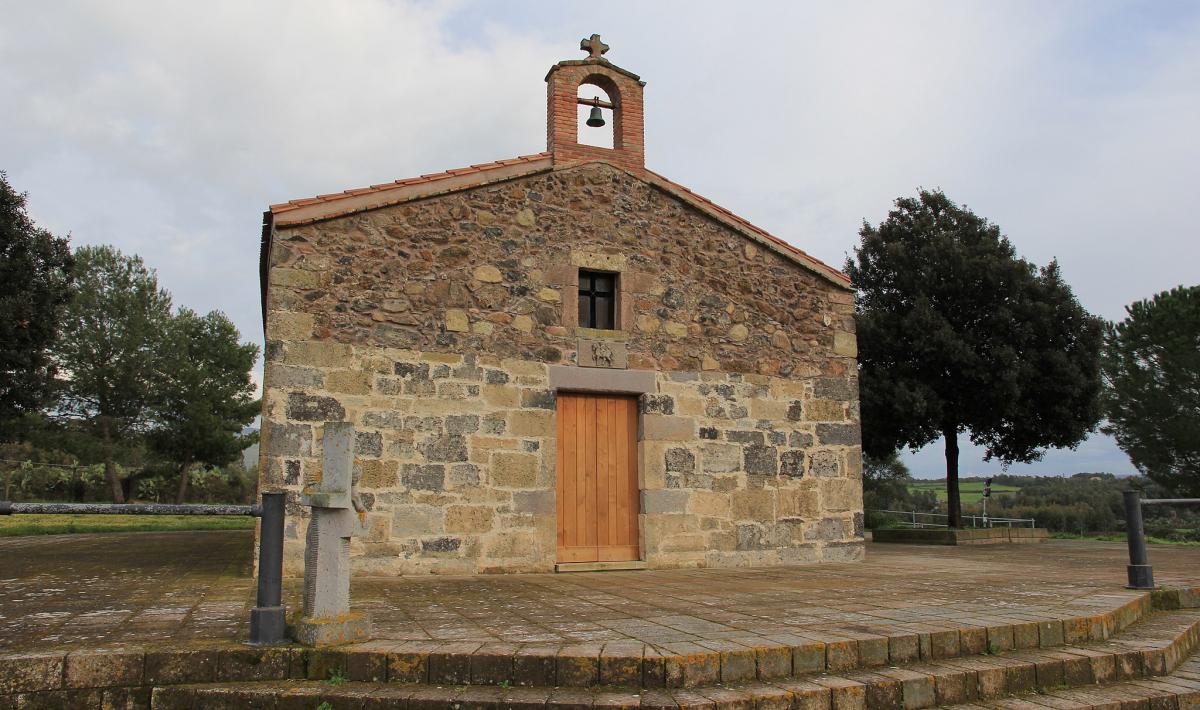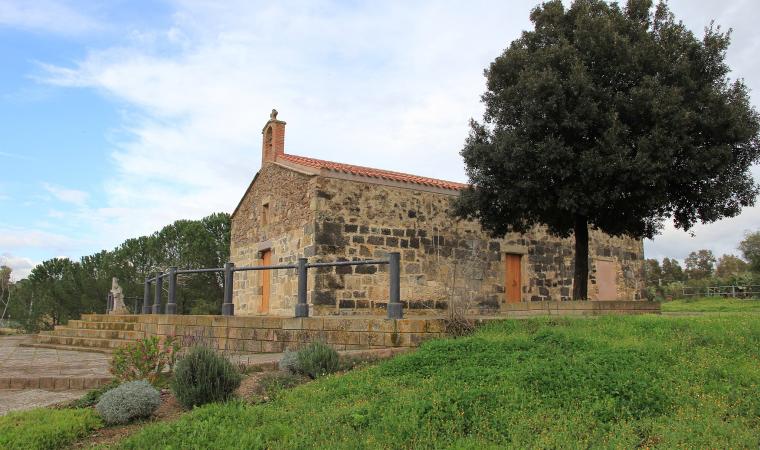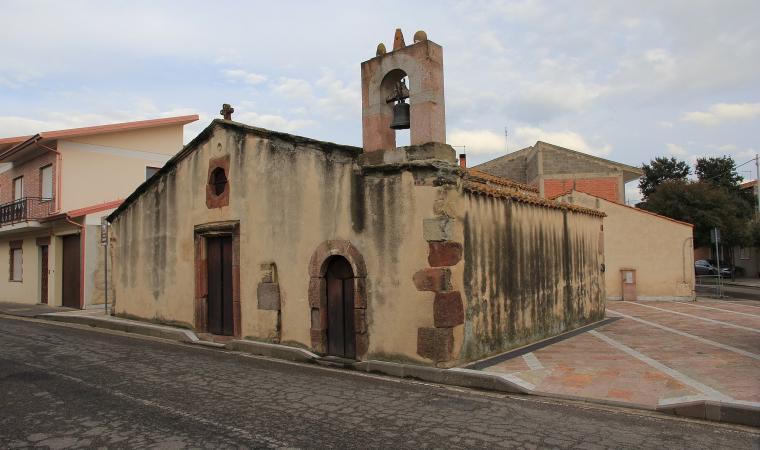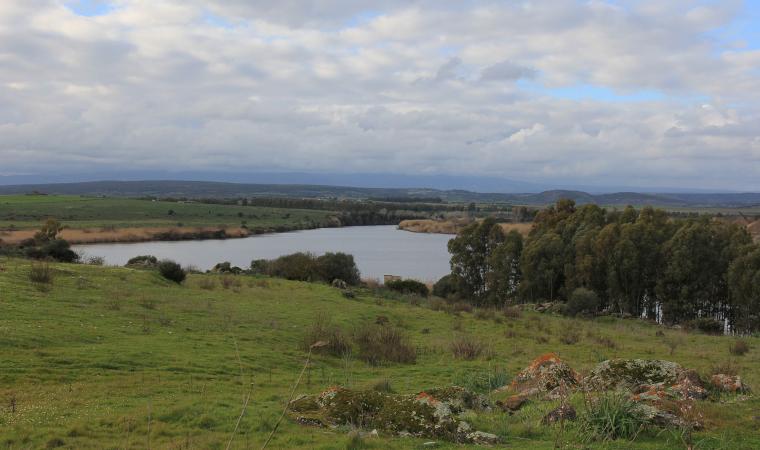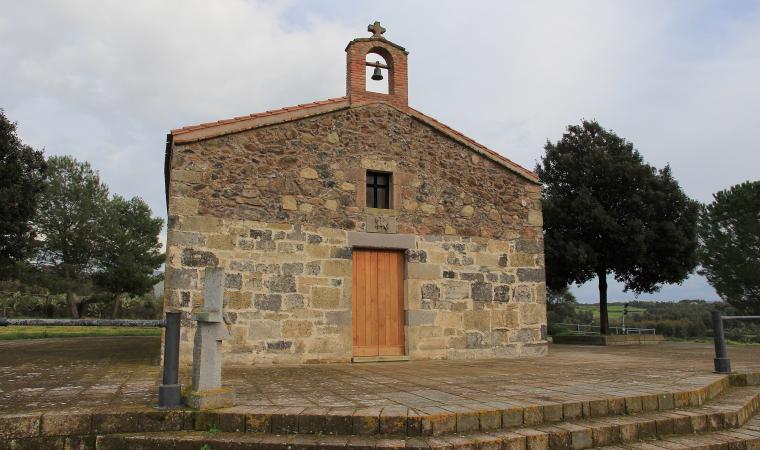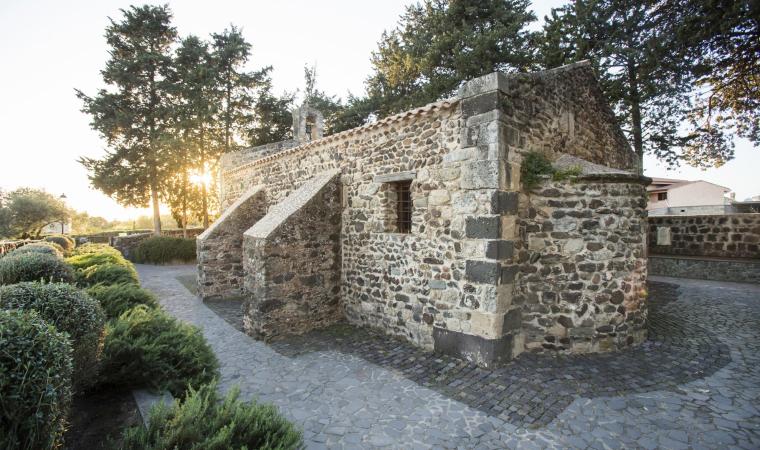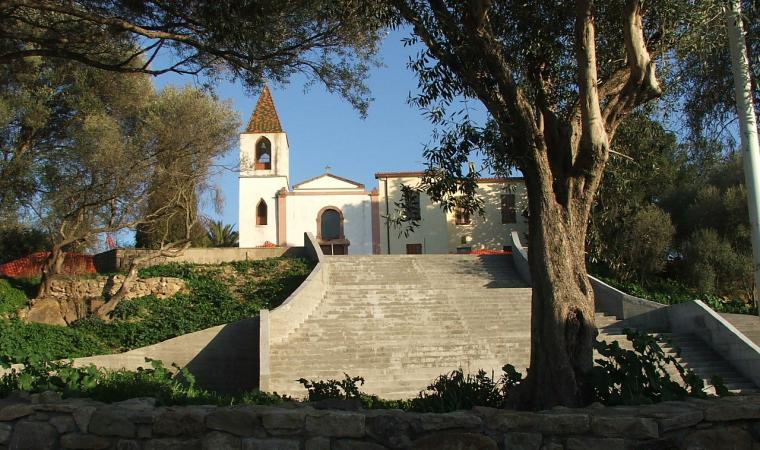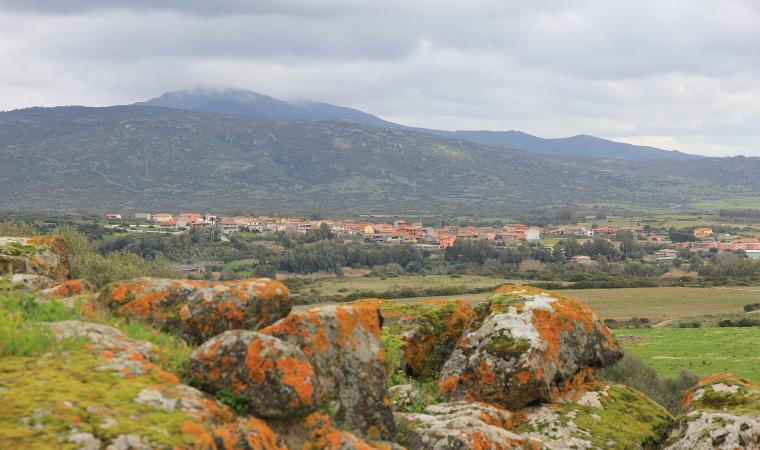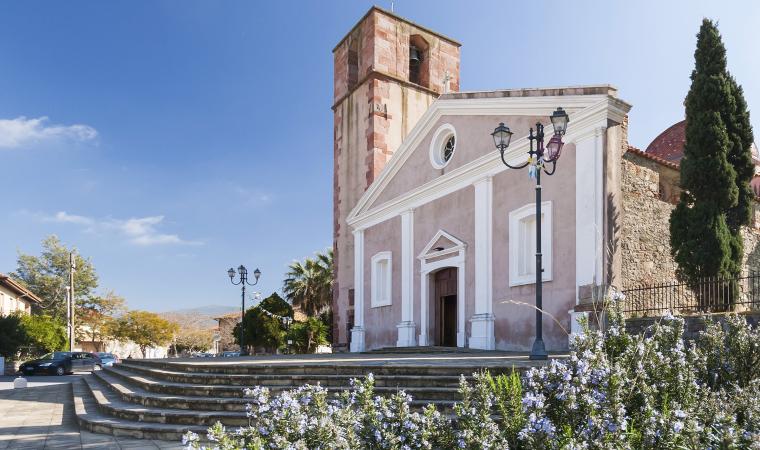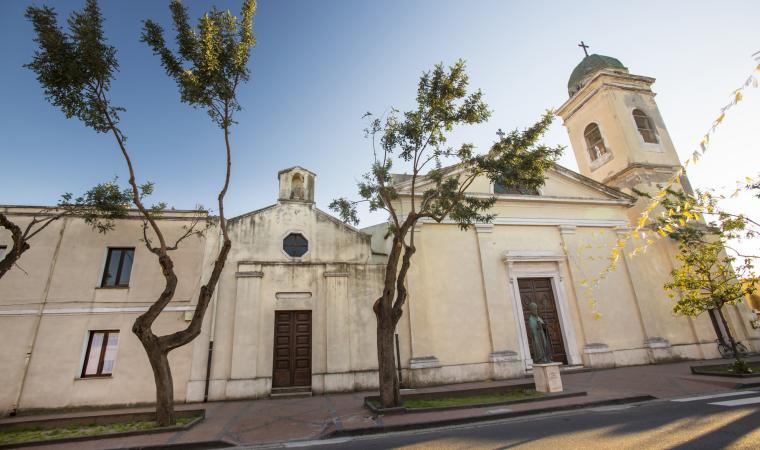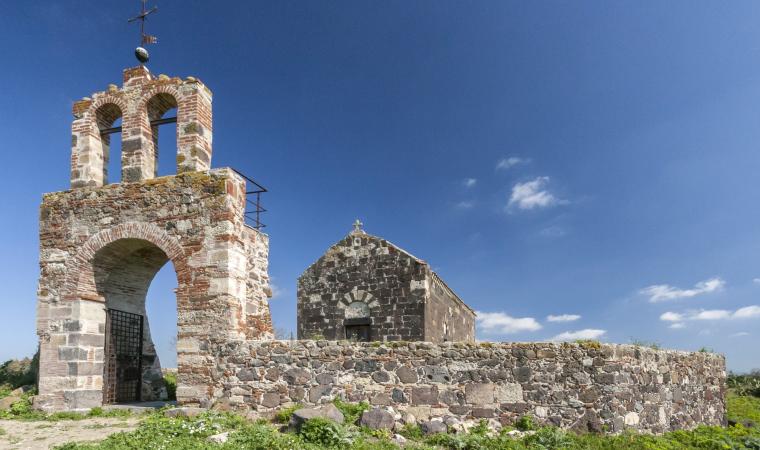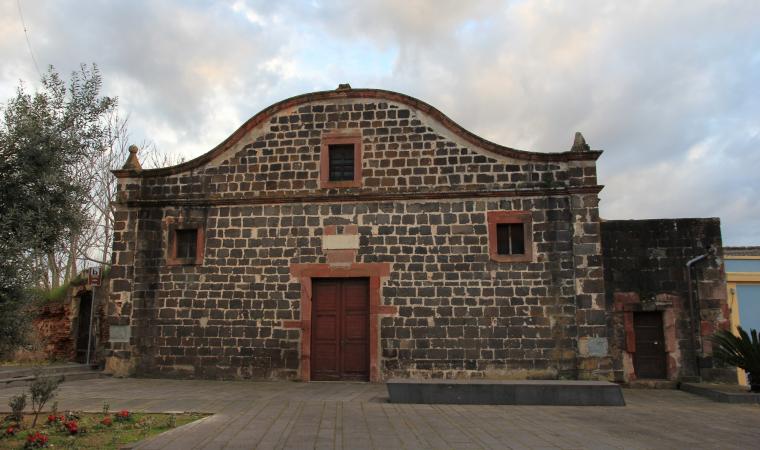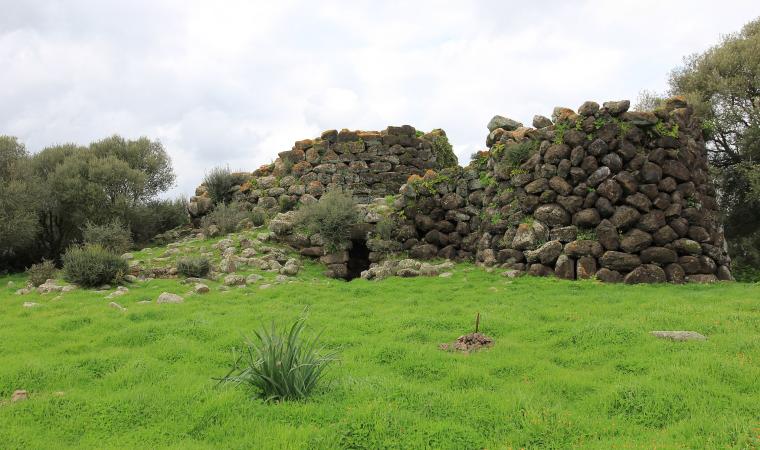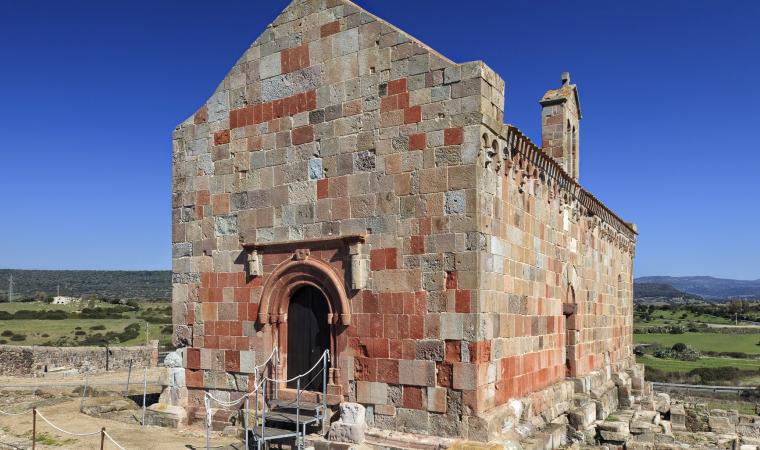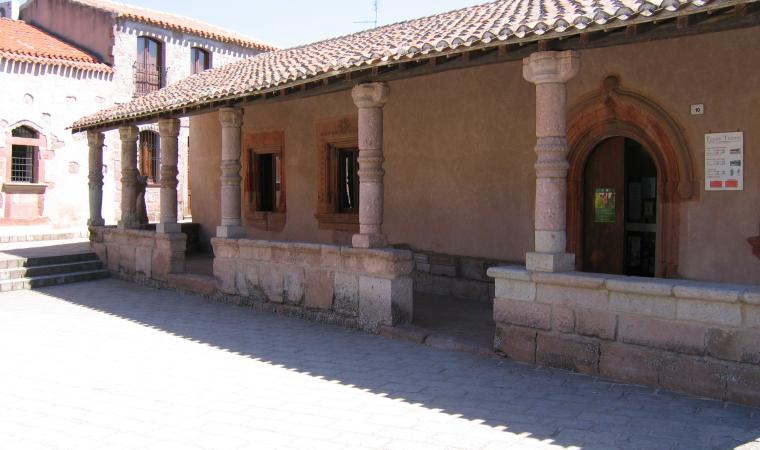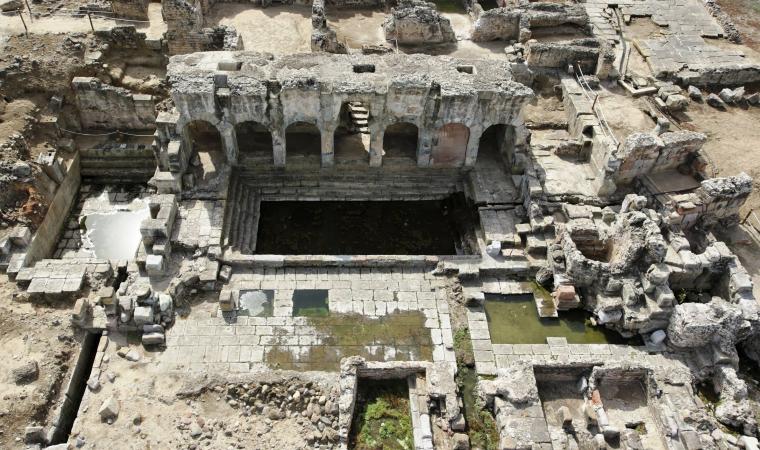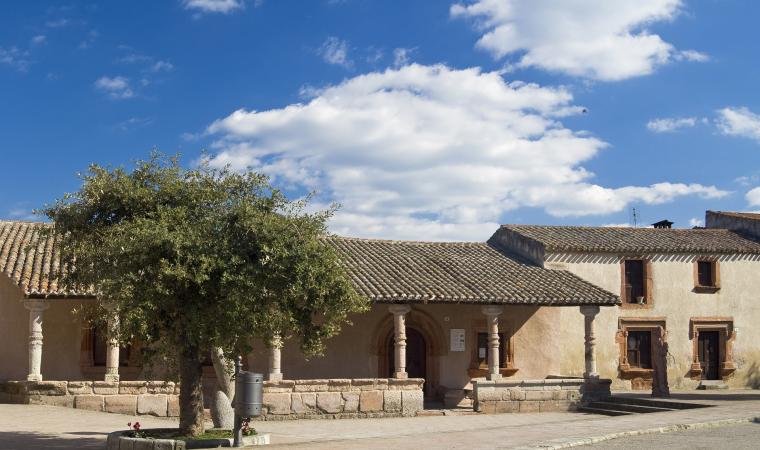From 1928 to 1946, it was a hamlet of the nearby town of Simaxis and shared its name. It was not until 1991 that Ollastra Simaxis became the present day Ollastra. It is a small farming town of 1200 inhabitants on the border between the Campidano plain of Oristano, from which it is 16 kilometres away, and the hills of the inland. During the Roman era it was crossed by Via Maxima. The town name derives from ollastu, i.e. wild olive, a tree that covers this particularly fertile land crossed by Tirso, the largest river of the island. Vineyards, citrus fruit orchards and fields of artichokes and other vegetables cover the flatlands near the town thanks in part to the Santa Vittoria dam. Some lands are set aside for the cultivation of cereals. To the north-west, the wild olives have been replaced by domestic olive trees, from the fruit of which excellent olive oils are obtained. To the south-west, rice is being cultivated in the reclaimed ancient swamp of Arcais. Consequently, the town’s economy relies heavily on farming, although a small contribution is also made by shepherding and artisanal production of carpets and baskets. The vernaccia, an almond and cheese sweet is a local specialty of note.
The town, which has a historical centre of unfired mud brick (ladiri) houses, is surrounded by hills. The tallest of these, Mount Ollastra (380 metres high), shares its name with the town. The hill is perforated by two caves, S’Arutta e ‘Conca e’ Mesu and S’Arutta e’ Margini Figu. The San Martino area is dominated by Mediterranean shrubs. The most important churches are far from the town centre. The Church of San Marco is on a small hill in the outskirts. It was constructed in the 13th century on land given to the Cameldolese monks and expanded in the 16th century with the addition of two lateral naves. The thatched, gabled roof is supported by wood beams (s’urriu) following an ancient technique. San Marco’s Feast Day is celebrated on April 25 with a livestock exhibition held since 1839. The su pannu race with riders participating from all over Sardinia is also held in the saint’s honour. The Church of San Costantino is set on a small hill close to the town. It was constructed using materials from the nearby ruins of the Church of Santa Vittoria. The Church of San Sebastiano dates to the 17th century. On January 20, a large bonfire is lit in the square where all the inhabitants gather to celebrate San Sebastiano’s feast day. The oldest church in the area is the Church of Santa Severa, built in the second half of the 15th century.
Because of its fertility, the territory has been populated since prehistoric times. Around 550 BC, when the Nuragic civilization was in decline, the town was at the heart of a territory surrounded by the ruins of numerous nuraghes, including Accas, S’Orco and San Perdu, and by small settlements of mud and straw sheds.

